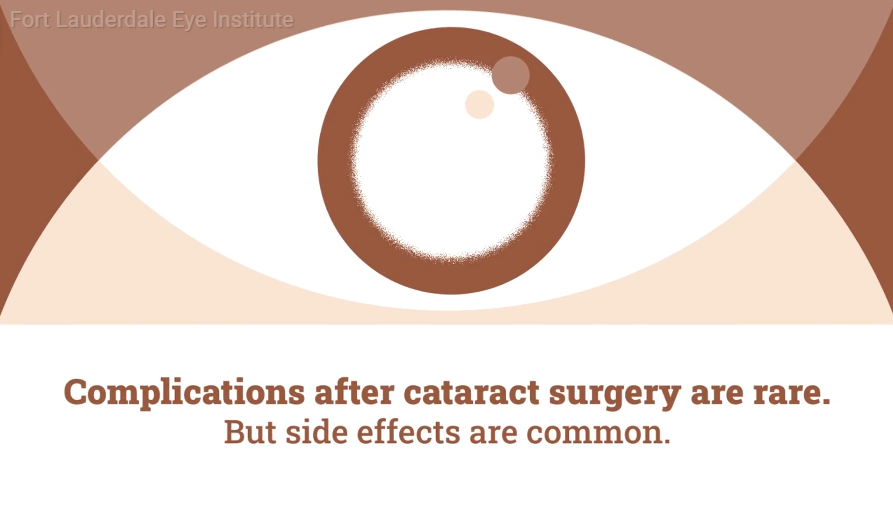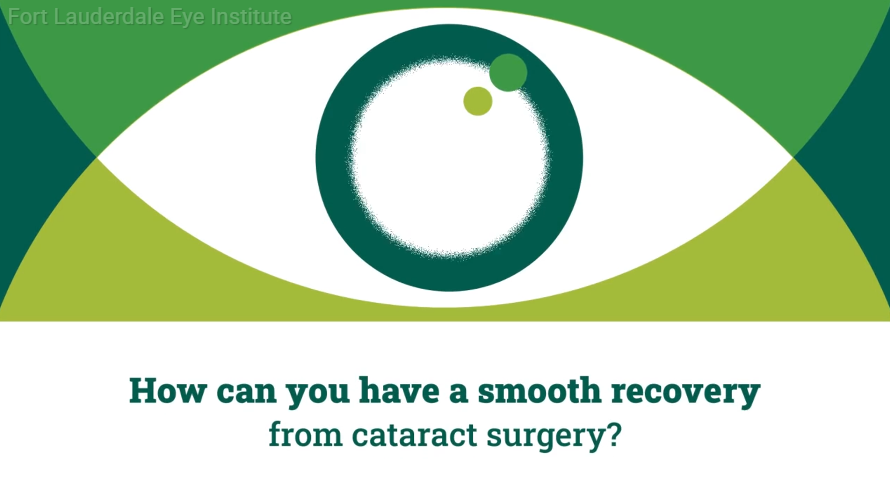Project Description
Cataract surgery is one of the safest and most commonly performed operations around the world. As surgical tools and techniques continue to advance, cataract surgery has become safer, more effective, and more predictable.
One such advancement in cataract surgery now combines a computer-controlled laser, with 3D imaging, to more precisely remove the cataract. First, the surgeon will use the laser to create an opening in the front layer of the lens. The surgeon then uses the laser to break the cloudy lens into smaller pieces, instead of using manual instruments. Next, instead of using a surgical blade, the laser creates small incisions in the cornea, which allows access to the cloudy lens inside the eye. The pieces of lens are then removed, using a tiny ultrasound suction device that is inserted through the corneal incision.
Once the cataract has been completely removed, an artificial replacement lens is then implanted through the tiny incision, into the capsular bag, where the natural lens used to be. Because the incision is so small, it is often watertight, and does not require any sutures
If you have astigmatism, your doctor may also recommend using the computer controlled laser to create special astigmatism correction incisions. These incisions are called Corneal Relaxing Incisions, and are often performed during the cataract procedure. Corneal Relaxing Incisions correct the uneven shape of the cornea, by flattening its steeper axis. When the incisions are made, areas of the corneal structure are relaxed, reforming it into a more rounded shape. The goal of Corneal Relaxing Incisions is to improve vision, and reduce the need for eyeglasses after surgery.
In summary, using a laser for certain steps of the cataract procedure, reduces the number of instruments needed for surgery, increases the precision, and may improve accuracy of the procedure. Other benefits may include quicker recovery time, and reduced chances of complications after surgery. Refractive and visual outcomes also may be improved, resulting in true refractive cataract surgery, that greatly reduces or eliminates the need for eyeglasses after surgery.









